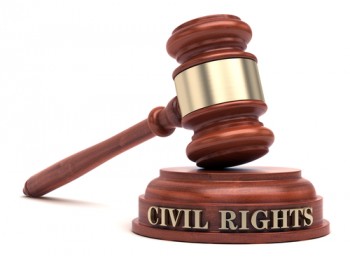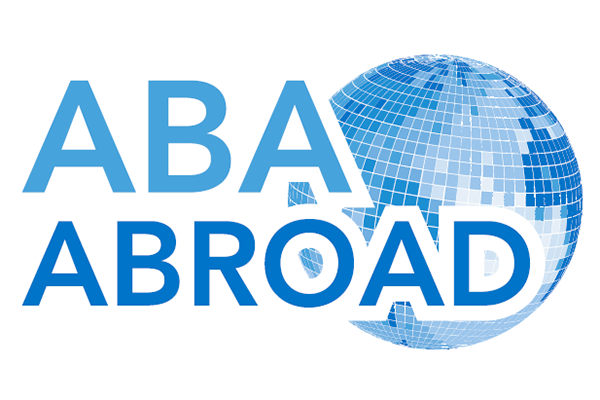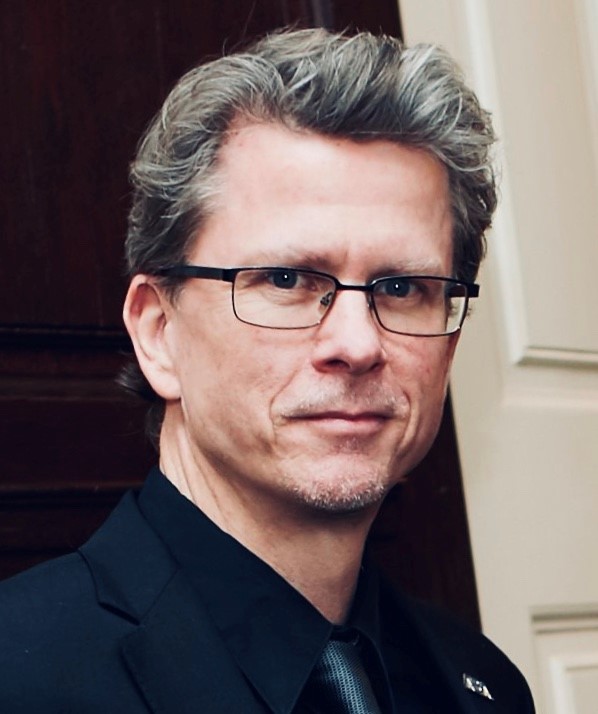In advancing dignity rights, the ABA has a unique potential to change the world

Image from Shutterstock.com.
I graduated from Pennsylvania State University’s Dickinson School of Law in May 1997. Famed Philadelphia lawyer and incoming ABA President Jerome J. Shestack was our commencement speaker. He urged us all to dedicate a significant share of our careers to public interest work as he had—in his case, to international human rights law.
I was moved by his call. That was precisely why I had gone to law school. But in my lingering stupor after final exams, I still had not connected the ABA to such work, despite the eloquence of its president-elect. To my mind, the ABA remained the lawyers’ national trade association that also vetted Supreme Court nominees.
Back at home in the D.C. suburbs, I knuckled down on the legal job search. Scanning the classifieds in the Washington Post, one of them jumped off the page: “Project Director, American Bar Association Section of Individual Rights and Responsibilities.”
In that moment, it struck me: the ABA’s unique potential to advance human rights. While lawyers do indispensable work throughout the human rights community, as I hoped to do, it is something else again for the entire legal profession, as represented by the ABA, to advocate human rights. That was power. Shestack’s speech suddenly made perfect sense.
Though I was too junior for the job, I just had to apply for it. To my shock, I got an interview. After greeting me warmly and welcoming me into her office, Penny Wakefield, who was then the section director, said: “You don’t have enough experience for this job, but I liked what you had to say in your materials and wanted to meet you.”
My pipe dream dashed, the pressure was off and we had a great conversation. Three years later, the position opened again. With more experience to my credit, Penny gave me a shot. My work would focus on Bill of Rights projects and staffing the ABA-wide AIDS Coordinating Committee.

October 2020 will mark my 20th anniversary at the ABA. In that time, I have seen the manifold ways in which the ABA’s unique potential has been realized—and continues to grow.
Since June 2007, I have been privileged to direct the ABA’s Center for Human Rights, one of Shestack’s many legacies. Indeed, the center has been fortunate in its history of superb chairs, including Shestack and fellow ABA legends Steven Walther, Walter White, Michael Greco, Deborah Enix-Ross, Judge Bernice Bouie Donald and, today, Judge James Wynn, as well as Llewelyn Pritchard, one of the center’s original special counselors.
Together, with their fellow CHR board members, they have taken the center from its birth as an unfunded entity to a thriving, multimillion-dollar advocate for human rights defenders, international criminal justice, survivors of human trafficking, corporate due diligence, global public health and, most recently and perhaps most notable at this moment in history, dignity rights.
In August 2019, the ABA’s House of Delegates adopted the CHR-initiated Resolution 113B. That policy “affirms that human dignity—the inherent, equal and inalienable worth of every person—is foundational to a just rule of law.” It also “urges governments to ensure that ‘dignity rights’—the principle that human dignity is fundamental to all areas of law and policy—be reflected in the exercise of their legislative, executive and judicial functions.”
Several months later, the COVID-19 pandemic struck, hitting minority populations and low-income populations disproportionately hard. It was joined by the unprecedented, sustained, worldwide protests for racial justice and equality after the shocking, slow-motion killing of George Floyd, a Black man, under the unrelenting knee of a white police officer in Minneapolis.
The pandemic and the death of Floyd revealed enduring affronts to human dignity borne of systemic racism in the United States and the need to refocus on dignity in redressing them. In so doing, they also revealed anew the ABA’s unique potential—and therefore its responsibility—as the world’s premier rule-of-law organization.
The key insight of the dignity rights resolution is the interconnectedness of dignity rights across seemingly unconnected areas of law. I saw in my early work with the AIDS Coordinating Committee, for example, that HIV thrives where human rights do not, implicating areas of law that appear unrelated to HIV’s obvious public health dimensions.
In developing countries where women lack inheritance rights, for instance, widows whose husbands had died of AIDS often resorted to sex work as the only option to support their children despite the high risk of contracting HIV themselves, which in turn risked transmitting HIV to others, thereby widening a vicious spiral of infection and death. Property rights thus can directly affect the human right to health and compromise the human dignity of those without them.
In the United States and other developed countries, human dignity is equally paramount. The American legal system is founded on a just rule of law. Whether it be reliable access to quality health care, due process in the criminal justice system, or the sanctity of contract in commercial transactions, the system is expected to be just because it is founded on fairness—a principle derived from the inherent human dignity of the parties involved. The further the system strays from fairness in fact, the principle erodes, and human dignity suffers.
This universality of human dignity as the basis for a just rule of law is what makes the role of the ABA in the world unique. Name your legal issue, and there is an ABA entity that has it covered. What binds it all together is the ABA policy process, which tells the world where the association stands on those issues, and the ABA’s mission, goals and objectives, which state the association’s first principles.
The ABA’s mission is a straightforward human dignity argument: “To serve equally our members, our profession and the public by defending liberty and delivering justice as the national representative of the legal profession.”
The goals logically follow. Goals I and II—“Serve Our Members” and “Improve Our Profession,” respectively—focus appropriately on helping members be better lawyers. Goal III—“Eliminate Bias and Enhance Diversity”—seeks to improve the profession itself and the justice system generally. And, of particular relevance to the center’s work, Goal IV—“Advance the Rule of Law”—seeks to make the world a better place from a legal perspective.
This is the ABA’s vision of itself. As my 20 years can attest, it is also how the world sees the ABA. Given, however, the sheer size of the association and the diversity of entities and issues encompassed within it, this perspective can be overlooked.
Yet the ABA stands for the principles enshrined in modern international law, including in the U.N. Charter, the Universal Declaration of Human Rights and the subsequent human rights covenants, among others. At the heart of each of these instruments is the primacy of human dignity in the organization and governance of human affairs.
To be sure, the ABA, as a human institution, has not always lived up to these principles historically. No institution has. But in the new age, opened by COVID-19 and the Black Lives Matter movement, the ABA, as a global exemplar of a just rule of law, is obliged to embrace human dignity as an animating principle of everything that it does.
Indeed, the association has a solemn moment of opportunity to help fashion a more just world. And with the work of volunteer leaders, senior staff, the center and many other ABA entities, it is seizing it.
Thanks again, Penny.

Michael Pates has worked since June 2007 as director of the ABA’s Center for Human Rights, which develops ABA policy on international human rights issues and implements those policies through various projects and advocacy efforts. He began his ABA career in October 2000 as project director in the Section of Individual Rights and Responsibilities (now the Section of Civil Rights and Social Justice), working on constitutional law issues and directing the HIV/AIDS Impact Project (formerly the AIDS Coordinating Committee). Prior to joining the ABA staff, he was (before law school) an assistant to Supreme Court Justice Harry A. Blackmun and (immediately after law school) to Supreme Court Chief Justice William H. Rehnquist. Pates was born in Washington, D.C., and he graduated from Pennsylvania State University’s Dickinson School of Law in 1997. He lives in Gaithersburg, Maryland, with his wife and three children.
• ABA Abroad is a column highlighting the work of the ABA’s Center for Global Programs, which comprises the Rule of Law Initiative, Center for Human Rights and the ABA’s presence at the United Nations. The views expressed herein have not been approved by the House of Delegates or the Board of Governors of the ABA and, accordingly, should not be construed as representing the policy of the American Bar Association.



